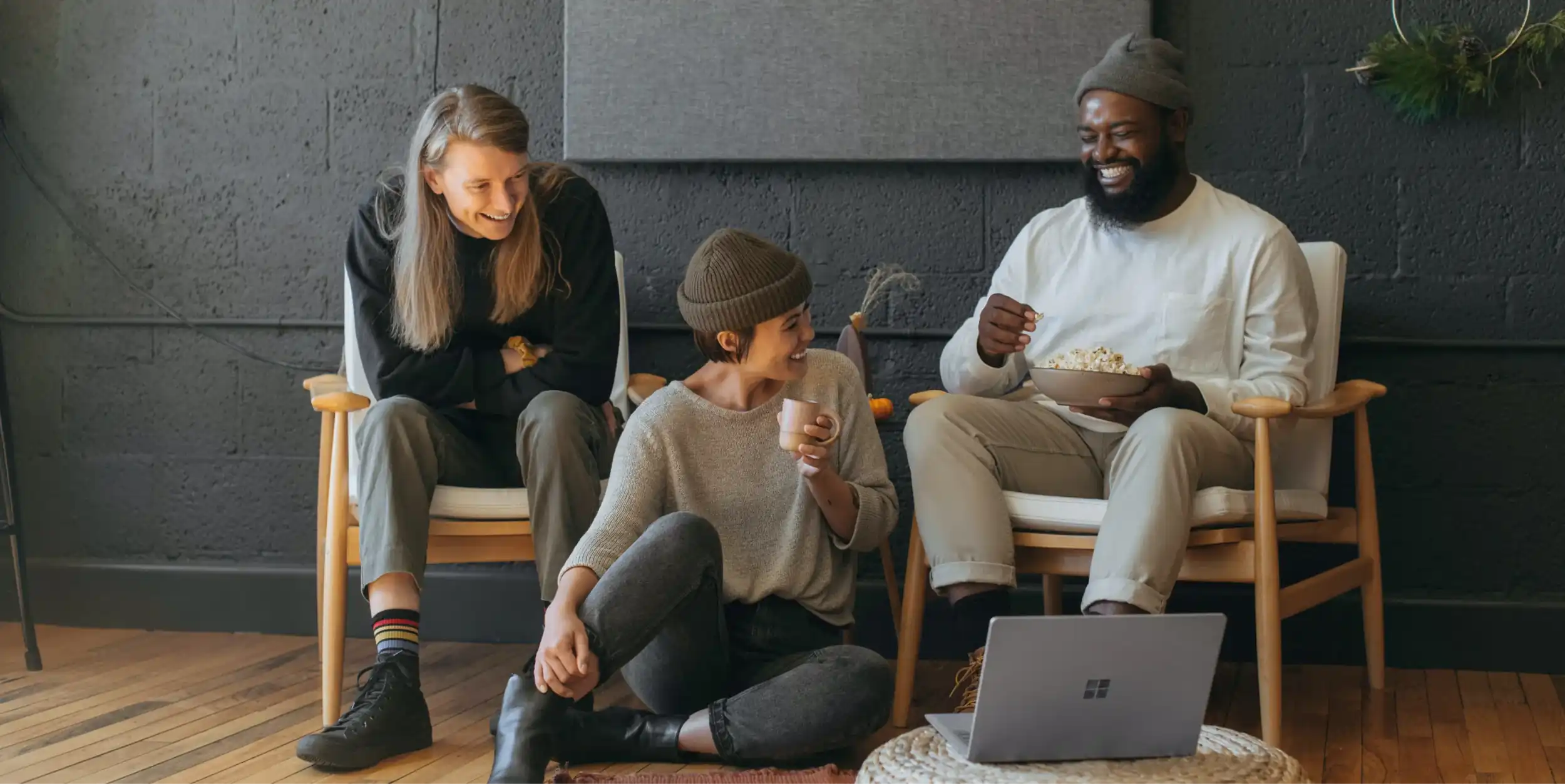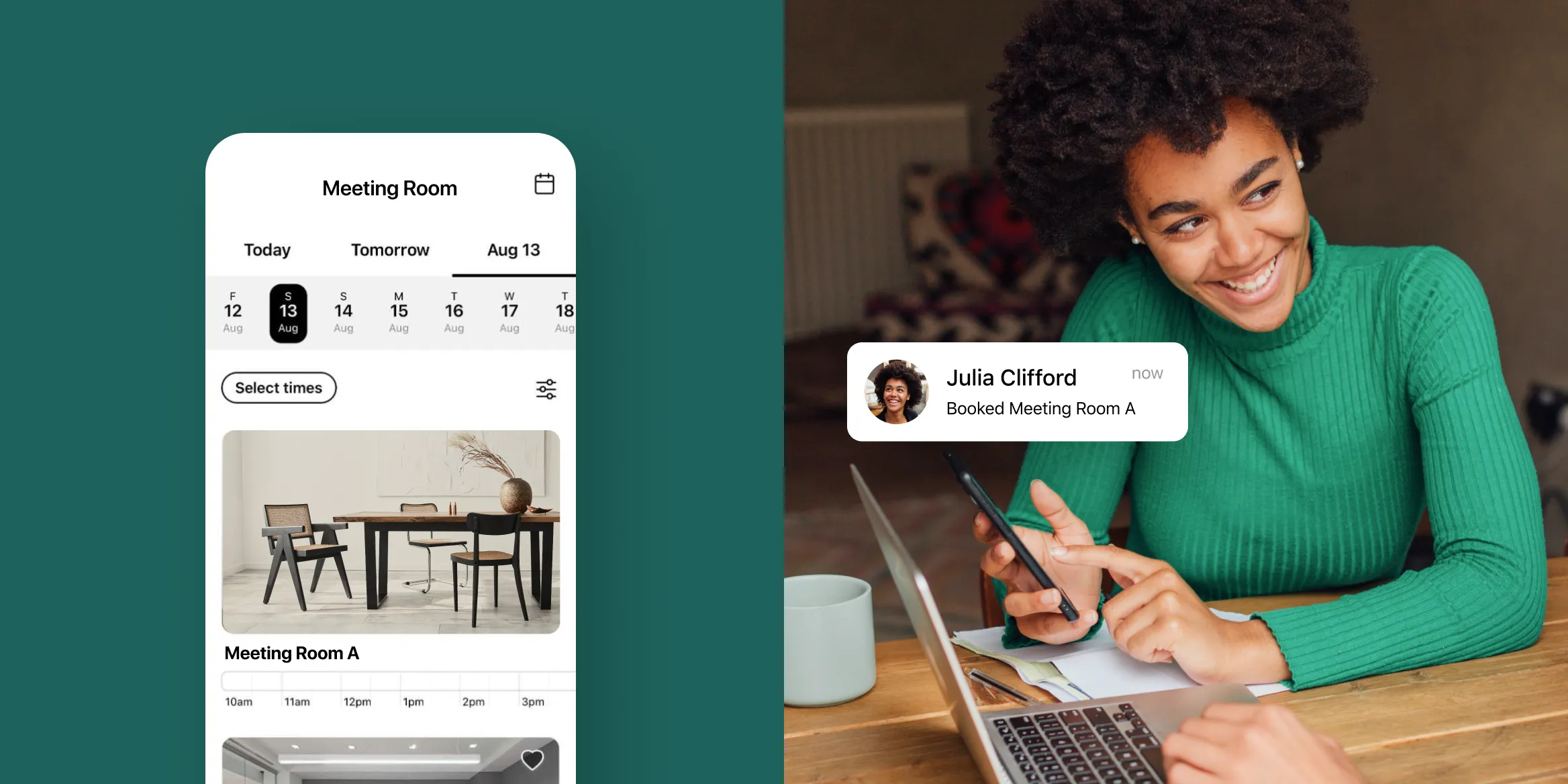Summary
- Social media can be a powerful tool for coworking spaces
- To use it effectively, you’ll need to narrow your efforts to the channels used most by your audience, define your target persona, and focus on making your brand memorable long-term
This is a guest blog written by Hailey Savona, expert in branding, design, and content marketing from a modern logo design agency.
The past few years have seen the market for coworking spaces becoming increasingly popular, especially with the rising popularity of entrepreneurship. But just because people are in need of coworking spaces, doesn’t mean that it’s easy to promote your offering.
This is especially true for larger cities, where the competition for coworking spaces is very fierce. A larger pool of entrepreneurs looking for good working spaces means that the demand is quite high. As a result, coworking spaces have to ramp up their marketing activities. But via what channels? And how?
To answer that, let’s take a look at how you can promote and market your coworking space on various social media channels.
Tips on Promoting Your Coworking Space via Social Media
Let’s begin with the topic at hand, and discuss a few tips and tricks to market your coworking space effectively via social media marketing.
Now, some of these may fly against your existing ideas and marketing processes. But rest assured, there is a reason to this madness, and they will reveal their benefits if you implement them effectively.
Let’s begin.
1. Narrow Your Efforts to Channels Popular Among Your Target Audience
The first, and most obvious tip – keep your marketing efforts towards channels that are actually used by the majority of your prospective customers.
Many coworking spaces, when starting out their social media marketing plans, tend to focus on all available, popular social media channels. While on the surface it may seem like a sound strategy, it isn’t so in action.
The reason for that is quite simple. Every additional platform that doesn’t bring in the required leads is taking time and effort away from a platform that could. For example, if a fintech company uses Pinterest as one of its social media marketing channels, how successful would you suppose those efforts will be?
The best way to do it is to create buyer personas for your prospective members. What that will do is allow you to research what social media channels your members use, as well as the type of media they consume. And once you have that, you will be able to create the right campaigns targeting those consumers perfectly.
Let’s say your ideal client is someone around the age of 28-30, who is a college graduate, and works as a freelance designer. Now, taking in all the factors, the most likely social media platform they use would be Facebook and Instagram. Similarly, as college grads, they are highly likely to use LinkedIn. Then that leaves Twitter and Pinterest, with little to no chance of your prospective clients using these platforms.
Therefore, an intelligent SMM strategy would be to ignore Pinterest and Twitter and instead focus on Facebook, Instagram, and LinkedIn.
2. Create an Online Persona That is in Line with Your Brand Aesthetic
A social media persona is great, especially when you want your consumers to remember you. Now, a great persona for a brand represents its core values and aesthetic. A serious corporate business may not benefit if its online persona is fun and laid back.
That is why brands need to find the right image that is in line with their brand before building a social media following for it.
If most of the people working at your coworking space are creatives, chances are that the overall vibe is one of fun and creative introspection. You can capitalize on that to attract clients who are looking for such an environment.
For example, let’s suppose that your coworking space is situated in Houston, Texas. And most of your existing clientele is Texan, and are a healthy mix of creatives like graphic designers, animators, writers etcetera. Now, your branding team decides to capitalize on that and creates a brand symbol that could distinctly be categorized as a Houston logo design.
So, what are you to do then? Would a serious, corporate persona suit your logo and work environment? Would that be able to attract the right kind of clientele? Or would a relaxed, quippy persona be more in tune with your brand?
3. Focus On Making Your Brand Memorable, Rather Than Just Self-Promotion
Coming to the final, and most important of these tips – focus on memorability. Coworking spaces are a niche service, and with so many of them promoting their own space as the best, individual brand voices tend to get lost within that storm.
So, what are you to do then? Well, for starters, stop trying to create each social media post as a way of positioning your coworking space as the best. Believe us, with everyone claiming practically the same thing, it gets old quickly. Instead, focus on engaging your potential clientele.
Essentially, create posts that focus on them as the subjects. Give them time and a place to interact with your brand without worrying about a pitch coming their way. Create and share memes, and post funny videos and photos. Basically, do everything that you can to give them a brief moment of respite from the constant marketing they are subjected to every day.
Doing so will make them want to visit your social media handles. And in the future, when they are looking for coworking space, they will be sure to remember you fondly.
A great example of this strategy is the social media account for Wendy’s, specifically its Twitter account. The account handler is known for their sharp wit and funny comment wars with their competitors including KFC and Mcdonald’s. And even those who have never been to Wendy’s before would love to go to one if they ever get a chance, just due to the brand’s social media persona.
How Can Different Social Media Channels Be a Part of Your Brand Promotion Strategy?
Branding and promotions for different industries, especially unorthodox ones, require a different style of strategy. In the coworking spaces industry, leveraging different social media channels for their benefits is how you can ensure your promotional strategy’s success.
Generally, brands use different social media platforms in the same way, as a way of creating a uniform social profile online. But in many cases, that can backfire. However, those who know how to leverage the individual potential of each social media platform can do wonders for their business.
That is because a true branding expert understands that different mediums require different ways of showcasing their information. And trying to utilize a social media channel in a way it was not created for, will only end up muddling your message.
Think of it like this. A resume and a cover letter are two documents that are used to apply for an open position at a business. Now, each of these documents has its purpose. However, those who do not understand their purpose, are unable to extract the potential benefit from them. A simple and short cover letter, that builds on the information given in the resume, is going to have a better impact compared to a cover letter that looks fantastic but does nothing to add to the information in the resume.
In the same vein, each social media channel can be used to build towards a larger narrative, rather than using them all in the same manner. Let’s look at how you can do just that.
Instagram for the Visual Appeal of the Coworking Space
Let’s start with Instagram. The primary purpose of Instagram as a social media was to share visuals like images and videos with your audience. These days it is a video-first platform with a heavy focus on reels. For your coworking business, Instagram can be the medium of showcasing the visual appeal of your option.
You can use these videos to add links to your articles, website, and other related content via your bio.
Facebook for Generating Initial and Ongoing Interest
Facebook has one of the largest user bases for a social media platform today. And that makes it a great option for top-of-the-funnel marketing. Generating initial interest in your coworking space can be done quite effectively via Facebook, by creating and sharing content, paid ads, and more. Moreover, Facebook live is a great way to induce engagement, which can be quite beneficial to your business.
Because of the low organic reach of Facebook, it’s best to focus your Facebook strategy on paid advertising via Facebook Business Manager.
LinkedIn for Targeted Marketing and Business Engagement
As a social media channel for professionals and businesses, LinkedIn is a great option to look for prospective business partners, leads, and corporate clients. However, the quality of posted content on LinkedIn for an effective promotional strategy should be quite high.
That is because LinkedIn users aren’t there for the razzle-dazzle. They are there on business and are after a more nuanced and sophisticated form of information.
Twitter to Unify All Other Channels
Twitter, with its short-form content, is perfect to tie up and unify all your other social media channels. You can use Twitter to post about upcoming Facebook Live events, virtual seminars on LinkedIn, and other such events as a way to reach out to the maximum number of people.
Moreover, you can also use Twitter to create and post its unique content, but one that brings together different aspects of the other social media channels you are using.
Twitter is also a great channel for quick and unexpected business updates such as late openings, early closings, and other up-to-date information.
Summing It Up
Using social media to promote your coworking space is a great way to boost your brand’s memorability and visibility if done well. It can take a fine hand to turn a niche industry and promote it well. However, if you follow the tips and tricks given above, you will be able to stand out from the crowd and will own a coworking space brand that is assured success.
Author Bio: Hailey Savona is an avid content marketer at a modern logo design agency. She loves to talk and write about everything tech including the latest trends. When Hailey isn’t blogging, she likes to take her dogs to the park for a little game of catch.







